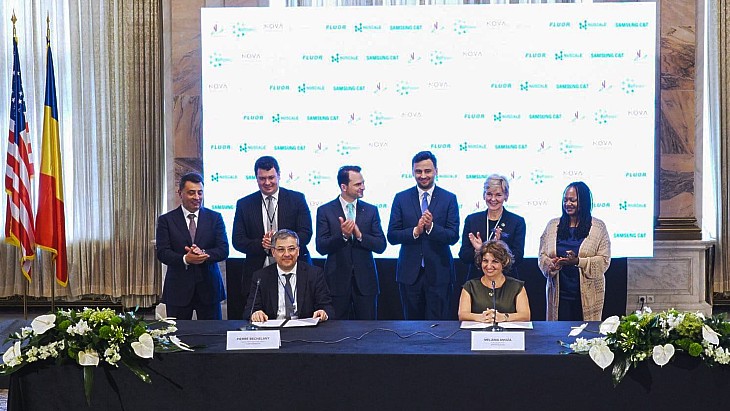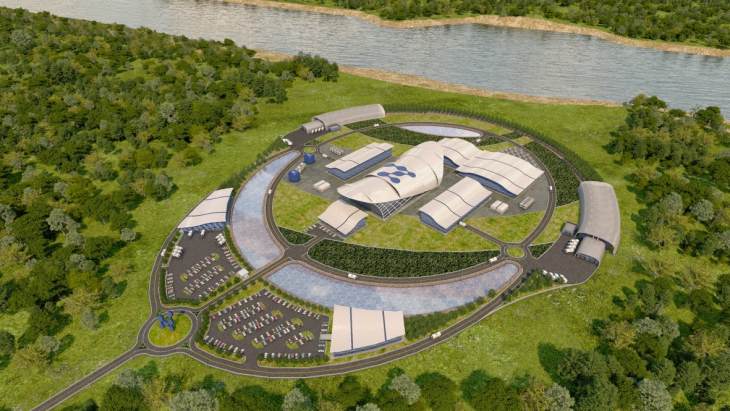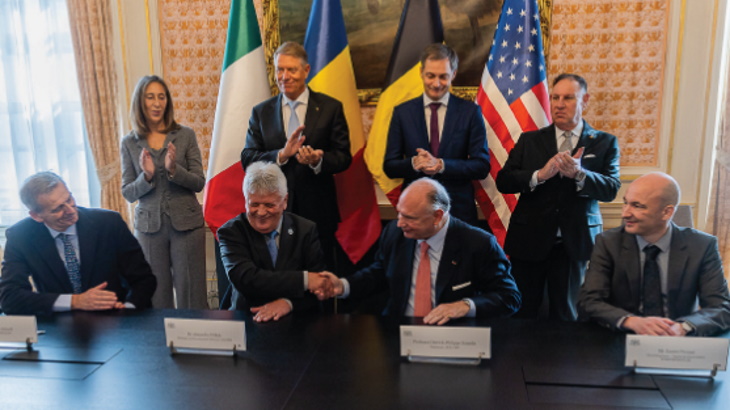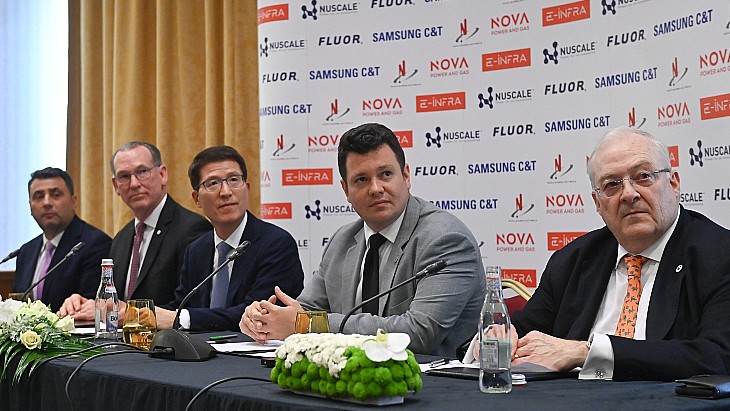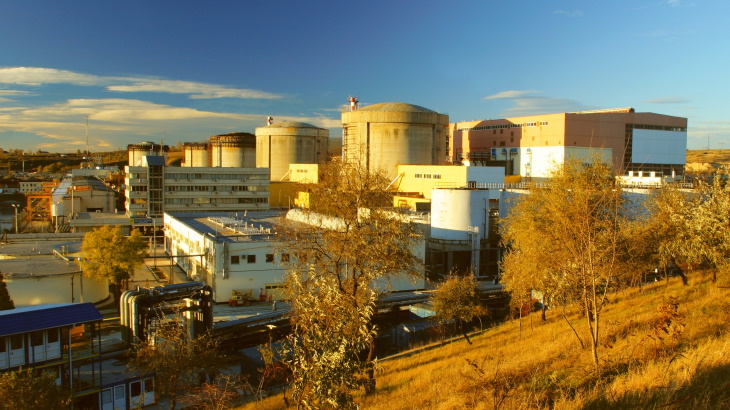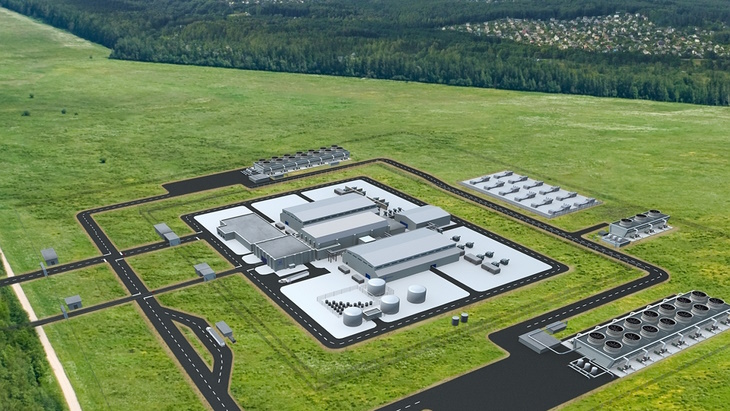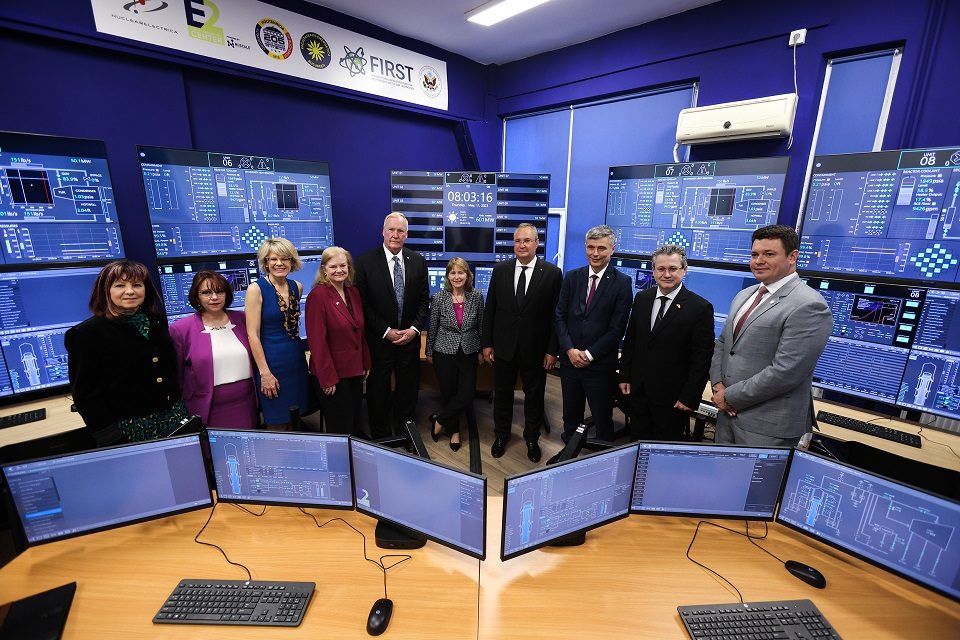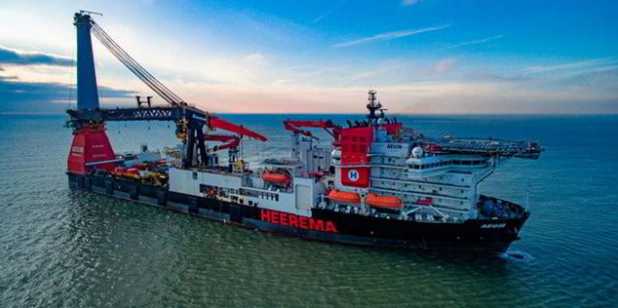
Netherlands offshore contractor Heerema Marine Contractors is preparing to this month install the key structures for Petronas’ Kasawari giant gas field development offshore Malaysia.
Heerema will utilise its monohull heavy-lift crane vessel Aegir supported by the floatover barge H-851 — both Panama-flagged vessels — to install the central processing platform and bridges fabricated by Malaysia Marine & Heavy Engineering (MMHE).
The offshore transportation and installation (T&I) workscope is being supported by the Netherlands-flagged super large anchor handling tug ALP Striker, the very large anchor-handling tug supply vessel GH Endeavour, the large AHTS vessel Posh Perseverance and the MV Hana.
The H-851, ALP Striker and Posh Perseverance last week started transporting the CPP from MMHE’s fabrication yard at Pasir Gudang in Peninsular Malaysia to Miri, Sarawak ahead of its installation off that state.
MMHE in 2019 won the engineering, procurement, construction, installation and commissioning (EPCIC) contract for Petronas’ Kasawari sour gas project off the coast of Sarawak, East Malaysia.
MMHE, supported by Technip Energies, was awarded a huge workscope for Kasawari including the 47,000-tonne CPP, an 8600-tonne wellhead platform and two bridges that will link the CPP to the WHP and the flare structure.
MMHE's contract also involved the transportation and installation of an 85-kilometre pipeline linking the CPP to the existing E11R-A platform.
Sarawak-based oil and gas fabricator OceanMight was earlier awarded a separate sub-contract from MMHE for the T&I workscope for Kasawari’s 3100-tonne flare structure, that was fabricated by KKB Engineering subsidiary Ocean Might.
Produced gas from Kasawari will be used as feedstock at the Petronas LNG Complex at Bintulu, Sarawak.
Kasawari CCS
The Petronas Carigali-operated Kasawari field is one of Malaysia’s largest non-associated gas projects, albeit one that contains between 30% and 40% carbon dioxide. A second development phase incorporating carbon capture and storage is being progressed to exploit the part of the offshore field that contains the higher CO2-content reserves.
Petronas Carigali last November took the final investment decision on the Kasawari CCS project (Kasawari phase 2) and elected to also award that project’s EPCIC prize to MMHE.
The CCS project, located in Block SK 316 about 200 kilometres offshore Bintulu, is expected to reduce carbon dioxide volumes emitted via flaring by 3.3 million tonnes of CO2 equivalent annually, making it one of the largest offshore CCS projects in the world.
MMHE and its engineering partner Perunding Ranhill Worley are understood currently to be performing the detailed engineering for the Kasawari CCS project.
Kasawari phase two centres on a fixed CCS platform — with a 15,000-tonne eight-legged jacket and topsides weighing 14,000 tonnes — that will be installed in a water depth of 108 metres.
This structure will be bridge-linked to the main CPP, with a new 138-kilometre, 16-inch subsea pipeline delivering the compressed CO2 for injection at a depleted reservoir at the M1 field.
A total of about 71 million to 76 million tonnes of CO2 from the Kasawari CCS scheme will be reinjected into the M1 field over the project life.
